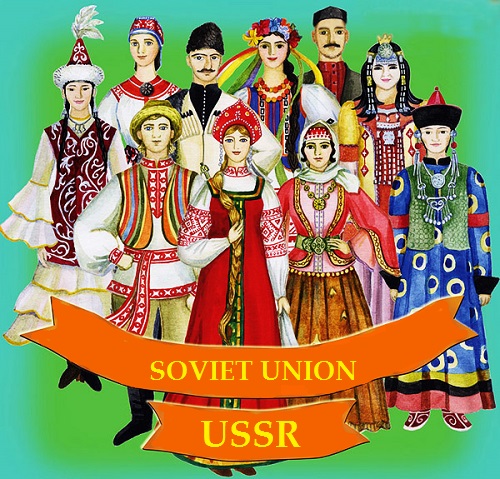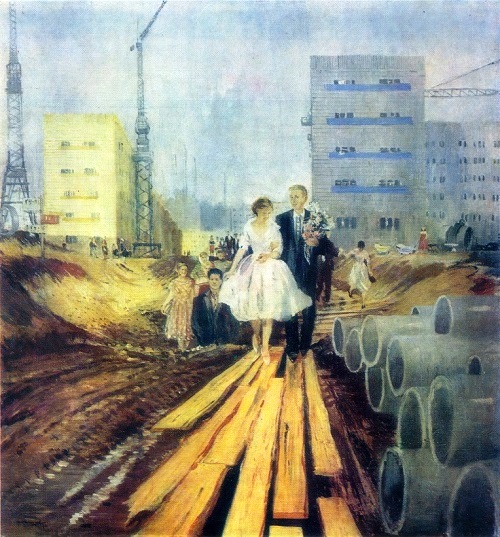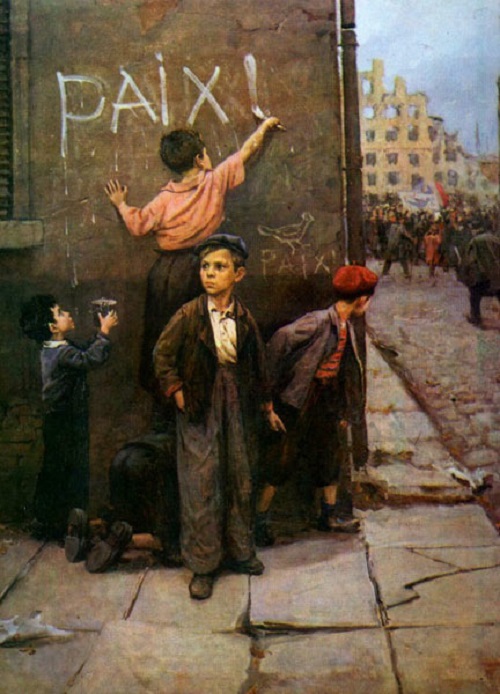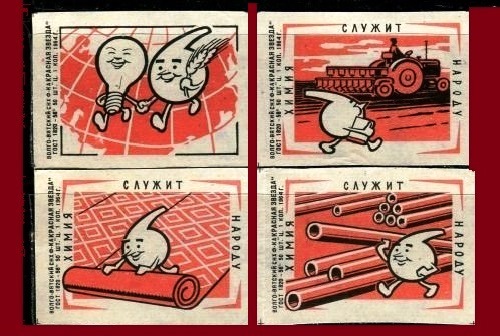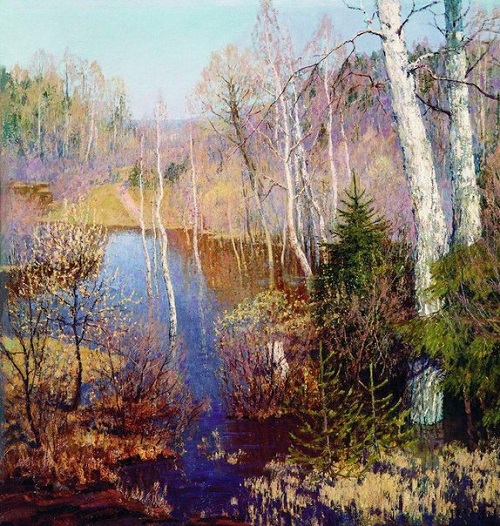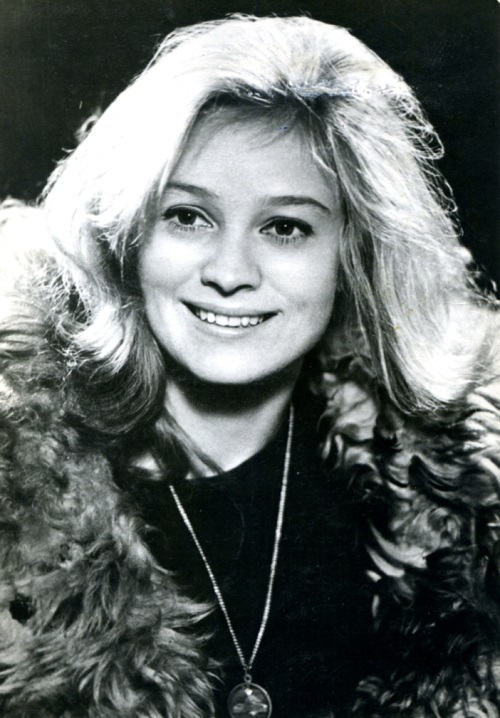Building New Country Soviet Youth
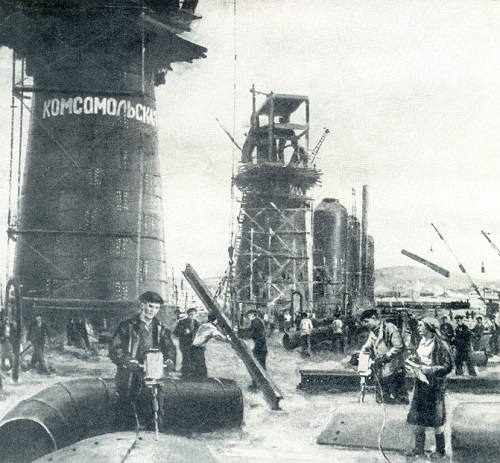
Building New Country Soviet Youth. KA Vyalov (1900-1976). Painting by Soviet artist KA Vyalov (1900-1976). “Magnitostroy”. 1948. Oil on canvas
The theme of Komsomol and Building New Country Soviet Youth have been widely presented in Soviet art. It was born back in the 1920s, at the time of formation of Soviet art, loudly sounded in the 1950s and became one of the leading. Revealing the nature of modernity, this topic as a reassuring leitmotif went through the labor theme, one of the most important in Soviet art – labor of Azerbaijani oil workers, the Uzbek cotton growers, the Baltic fishermen, Yakut hunters, Georgian metallurgists, Ukrainian grain farmers, and textile workers of Ivanovo. Youth Theme sounds pathetic in posters calling to the struggle for peace, and in the paintings devoted to the Soviet Army. Fresh lyrical notes to the theme brings genre painting, depicting the young contemporary – builder of a new society.
Read more »
